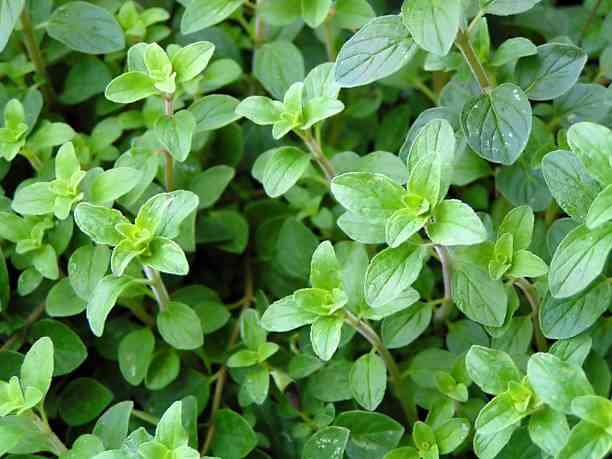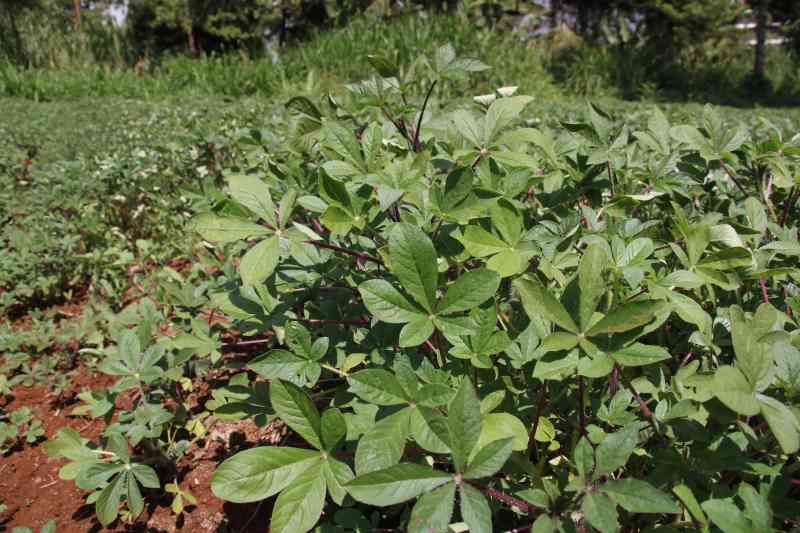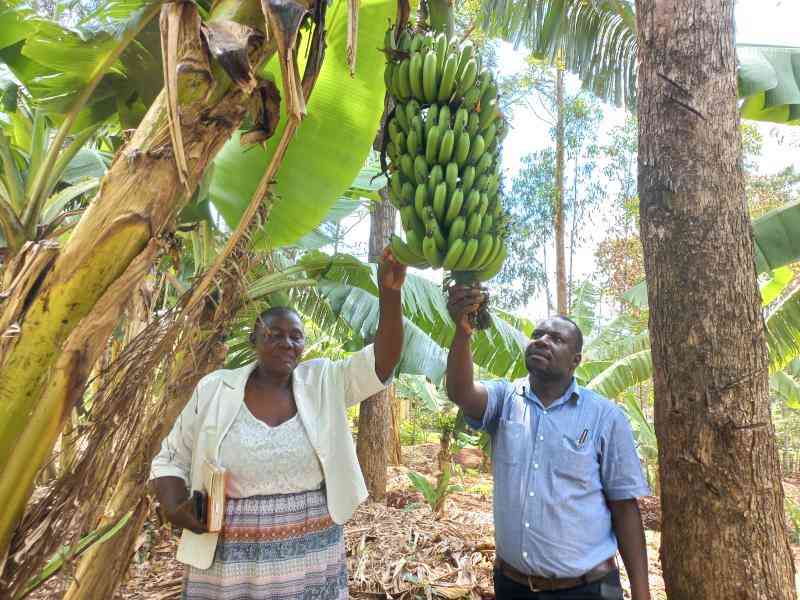
The planting season is right around the corner.
It is important to work with a schedule. Why? To ensure every important activity is executed properly and at the right time.
It is also important that the crop starts off to a strong start.
The food we grow in the coming season will feed the country in coming months.
And with the world currently in the thick of a pandemic, we cannot stress more the importance agriculture – food production – plays at such times.
Today, we address preparations necessary before planting.
1. Soil Preparation – The whole idea about planting a seed is so that it can yield back profitably. Achieving this goal starts with soil preparation.
We prepare the soil by first clearing land. This is followed by the first ploughing, which, according to Simeon Kibet, a Seed and Crop Production expert, loosens the soil and integrates humus.
In addition, digging helps to mix up organic matter in the soil and to kill weeds.
“First ploughing is then followed by second ploughing,” he says.
Second ploughing is important to bring back up the top soil (which is often overturned after first ploughing) and to further loosen the soil for necessary farrowing and other planting-related manipulation. Ploughing exposes harmful pests and diseases to the heat of the sun. It also helps to bring nutrients near the soil surface, improves water and air movement, and loosens the soil for easy root growth.
Soil preparation can be done by using a hoe (hand digging), using an ox-plough or a disc plough – attached to farm machinery.
It is also advisable that farmers avoid digging or harrowing the soil when it is too wet.
Harrowing wet soil leads to compaction – big lumps – that cut off releasing of nutrients contained in the soil. The other mistake to avoid is the use of heavy equipment.
2. Purchase the right seeds – We owe it to science the availability of seed varieties to match different geological areas and climatic patterns.
In Kenya, a farmer can ensure quality of seeds by purchasing from certified seed companies. Seeds are properly certified by Kenya Plant Health inspectorate Service (KEPHIS).
Kibet – who also doubles up as the Acting Managing Director at KEPHIS – says that lighter seed packaging (around 2Kg) have codes that farmers can text through a USSD to certify if the seeds have been prepared up to standards. “If you do not have the right seeds you will likely experience less yields. Your crops might also be predisposed to pests and diseases,” he says.
Seeds are treated with pesticide derivatives, colour, polymer and selected application rate to build resilience in the germination phase.
When the farmer visits a seed company – or a certified Agrovet – they should ask for seed varieties that match their soil type.
3. Soil quality and fertilisers - No two fields are exactly the same. And a healthy soil is the first step to a successful crop.
How do you know if your soil is healthy? It should have nutrients. And if it doesn’t, arrange for the right fertiliser.
Understanding what nutrients your soil needs can help you make informed fertiliser and crop protection decisions, says Thomas Ngaruiya, a farm extension officer in Meru.
“Soil testing is often ignored by farmers in Kenya,” Ngaruiya says. “But it is important because it informs the farmer the state of their field.”
Soil testing involves analysis of soil to determine the nutrient and contamination levels, composition, and other characteristics such as acidity or pH level.
“All these are factors that are important,” Ngaruiya explains. “They will tell the farmer what variety to go for as well as what fertilisers – and in what proportion to use.”
Decide on the most appropriate and effective fertiliser strategy based on soil sample results and your yield goals.
Armed with this information, it will be easier to finalise your fertiliser plan for the season and you will have a better chance at high yield.
In considering fertilisers to use, remember to make sure your crop has the proper amounts of macro and micronutrients. “These are needed by the crops throughout the season,” says Ngaruiya.
Application of starter fertiliser inside furrows or inside planting holes is one good way to help your crop get off to a good start.
4. Follow weather forecast to the latter – These are truly uncertain times. And not in terms of the current pandemic but in the context of climate change.
It is a fact (97 per cent of climate scientists agree) that the planet is getting warmer by the day and with these changes the weather is increasingly becoming erratic.
“Of importance to farmers is the rainfall patterns – especially in the planting season,” says Kibet.
But the rains, as alluded, have become erratic. Traditional rainfall patterns are no longer dependable.
“Farmers sometimes make the mistake of planting at a certain time (with great hopes on the weather) but the rains fail or become too heavy thereby destroying their crops,” says Dr. Ann Muriuki, an agronomist and soil fertility specialist.
According to Kibet, it is best that farmers listen to the weather man “keenly” and plant according to forecast.
“A farmer can no longer rely on intuition of weather patterns: that would be gambling with their craft,” Kibet says.
5. Get your equipment ready - Before you start planting or fertilising your fields, take time to check all equipment.
To start with, equipment should be maintained in working condition at the end of every growing season – you will always need them for the following growing season.
Things to check include harrowing equipment, irrigation tools, pesticide and fertiliser application equipment.
Inspect the tractor to be used for harrowing and initial land preparation. Ensure all parts are performing optimally: replace worn parts.
Make sure attachments, including the disc harrow, are clean and working properly as well. Be sure that all equipment is free of old residue. Why is this important?
“Because farmers ought to minimise chances of carrying forward pests and diseases into the following seasons,” says Dr Muriuki.
Eggs from pests can survive in farming equipment for months if not properly cleaned at the end of a season – or before the beginning of a new season. Fungal hyphae have also been shown to be stable on farm equipment and can remain infectious to crops in the following season.
6. Start keeping records now – Many farmers forget that their work is for profit. Why else would you put yourself through harrowing, planting and harvesting if it is not to yield valuable harvest?
According to Ngaruiya, it would be impossible for a farmer to determine whether they have made a profit or a loss without records.
“Records capture a farmer’s expenditure and quantifies all inputs used throughout the growing season,” Ngaruiya says.
Keeping records, Ngaruiya says, helps a farmer quantify profitability. “This way, if you make losses then it would be informative in that you will need to consider how to lower costs and increase yields in future,” he says.
Effective records, he notes, are captured at the start of the planting season.
Want to get latest farming tips and videos?
Join Us
 The Standard Group Plc is a multi-media organization
with investments in media platforms spanning newspaper print operations,
television, radio broadcasting, digital and online services. The Standard Group
is recognized as a leading multi-media house in Kenya with a key influence in
matters of national and international interest.
The Standard Group Plc is a multi-media organization
with investments in media platforms spanning newspaper print operations,
television, radio broadcasting, digital and online services. The Standard Group
is recognized as a leading multi-media house in Kenya with a key influence in
matters of national and international interest.
 The Standard Group Plc is a multi-media organization
with investments in media platforms spanning newspaper print operations,
television, radio broadcasting, digital and online services. The Standard Group
is recognized as a leading multi-media house in Kenya with a key influence in
matters of national and international interest.
The Standard Group Plc is a multi-media organization
with investments in media platforms spanning newspaper print operations,
television, radio broadcasting, digital and online services. The Standard Group
is recognized as a leading multi-media house in Kenya with a key influence in
matters of national and international interest.







